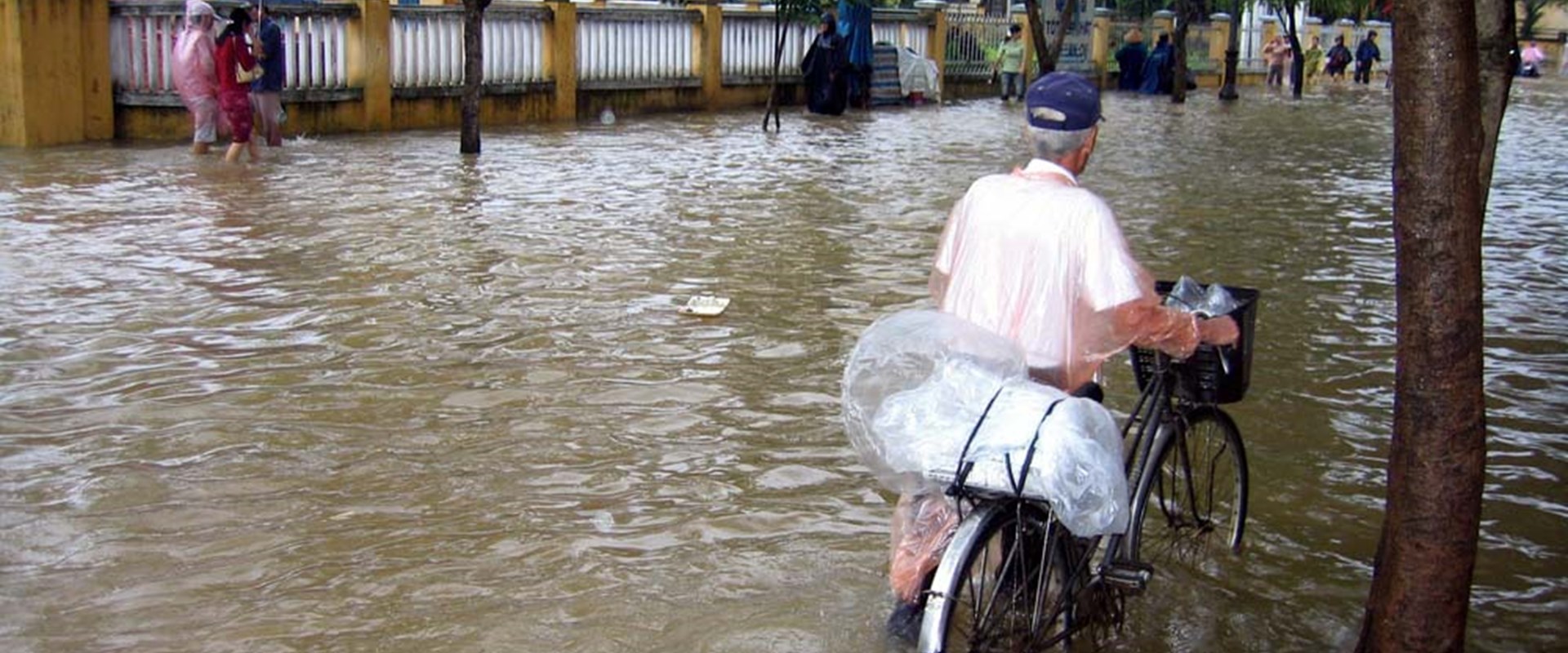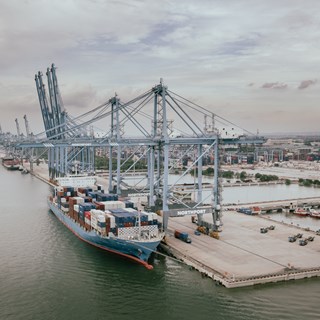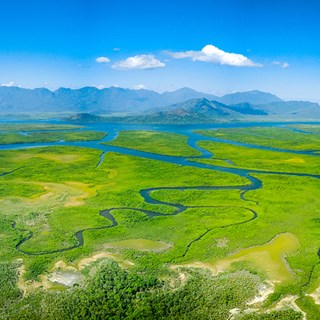
COP26 aims
Our best defence against extreme weather events such as storm tides can be the restoration and enhancement of coastal ecosystems.
15 December 2021
For nearly three decades, the United Nations has been bringing together almost every country for global climate summits – called COPs - which stands for ‘Conference of the Parties. This year’s conference in Glasgow, UK, in November 2021, was the 26th annual summit – giving it the name COP26.
COP26 was especially significant as it had been five years since the signing of the ‘Paris Agreement’ at COP21. Under the Paris Agreement, countries committed to bringing forward national plans setting out how much they would reduce their carbon and other greenhouse gas emissions and agreed that every five years, they would come back with an updated plan that would reflect their highest possible ambition at that time.
The four critical aims of COP 26 were to:
In addition to confirming their 2050 pledges toward net zero, countries were asked to come forward with ambitious 2030 emissions reduction targets that align with reaching net zero by the middle of the century. While, as expected, not every participating country was able to commit to this, it was recognised that governments would need to, amongst other things, encourage much more significant investment in renewables, curtail deforestation, reduce dependence on fossil fuels and speed up the switch to electric and hybrid vehicles.
In this context, while stopping short of an absolute commitment, more than 100 world leaders promised to end and reverse deforestation by 2030 at COP 26. This is a major advancement from previous COP commitments and is significant, as felling trees depletes forests that absorb vast amounts of the warming gas CO2.
While decarbonisation is essential, there was also a clear recognition at the COP that the climate is already changing and will have devastating effects, even as we reduce emissions. In this way, the COP26 and the plethora of side events associated with the conference was a key global forum for climate adaptation with government and industry encouraged to protect and restore ecosystems, build defences, put warning systems in place and make infrastructure, businesses and industries more resilient to avoid loss of homes, livelihoods and lives.
As evidenced by the range of fascinating articles in our newsletter Focus, our specialist engineering and scientific services are being put to the test globally to assist our customers in decarbonising and meeting the climate challenge – whether it be new technology such as the Microgrid Interface Unit being developed in Canada, to the team in Australia working on offshore renewable energy.
This work in climate change mitigation firmly complements our expertise in climate resilience and adaptation studies - with over forty years of experience in natural hazard-based assessments, plans and management advice.
Recognising another critical theme of COP 26 around global biodiversity and nature-based solutions, we are also continuing to work with partners to develop blue carbon solutions, noting that our best defence against extreme weather events such as storm tides can be the restoration and enhancement of coastal ecosystems such as mangrove forests.
As these coastal ecosystems are also incredibly efficient at absorbing atmospheric carbon and providing critical habitat for biodiversity, they represent a rare win-win opportunity for climate mitigation and adaptation.
Information in this article is sourced from https://ukcop26.org/.

Greg is a Senior Associate at BMT and leads the firm’s global campaign related to climate risk and resilience. Based in Brisbane, Australia, Greg has over 25 years of experience in natural hazard and climate change planning and adaptation studies with planning, transport, and conservation authorities.

Jaret Fattori
Jaret Fattori's article in Port Strategy discusses how ports are adapting to climate change and IFRS S-2 regulations. Emphasising the shift towards sustainability through digital integration, decarbonisation, and innovative fuel alternatives, he explores the significant role of collaboration in advancing port sustainability and innovation.

Ian McRobbie
Ian McRobbie, our Programme Manager for Ports and Maritime Infrastructure, was interviewed by Port & Harbors to discuss how infrastructure companies are collaborating with ports to enhance port infrastructure and operations.

Chloe Yarrien
Chloe Yarrien discusses how Maritime Autonomous Systems (MAS) are not capable of solving every problem and meeting every need simultaneously, but they can be very useful and effective for certain tasks and applications.

Jaret Fattori
The regulatory landscape in Canada is evolving rapidly, reflecting a growing awareness of the need for more sustainable practices and responsible business conduct.